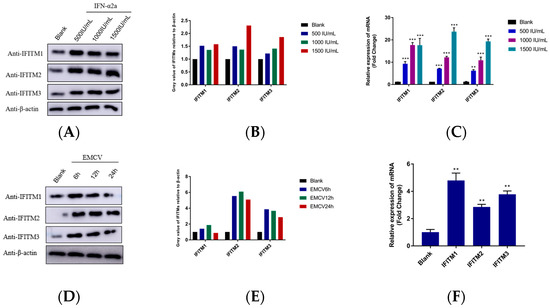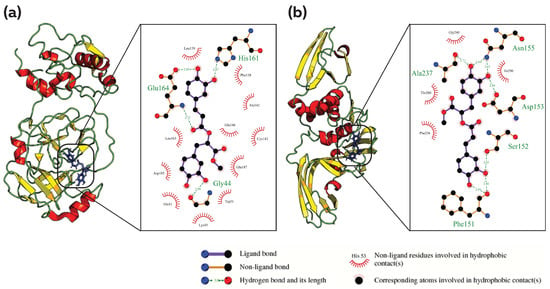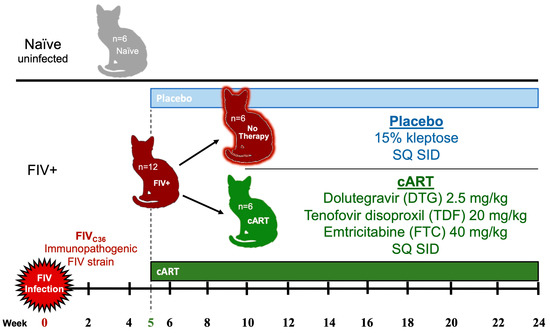Viruses 2023, 15(4), 867; https://doi.org/10.3390/v15040867 - 28 Mar 2023
Cited by 10 | Viewed by 2216
Abstract
The African swine fever virus (ASFV) is a highly infectious viral pathogen that presents a major threat to the global pig industry. No effective vaccine is available for the virus. The p54 protein, a major structural component of ASFV, is involved in virus
[...] Read more.
The African swine fever virus (ASFV) is a highly infectious viral pathogen that presents a major threat to the global pig industry. No effective vaccine is available for the virus. The p54 protein, a major structural component of ASFV, is involved in virus adsorption and entry to target cells and also plays a key role in ASFV vaccine development and disease prevention. Here, we generated species-specific monoclonal antibodies (mAbs), namely 7G10A7F7, 6E8G8E1, 6C3A6D12, and 8D10C12C8 (subtype IgG1/kappa type), against the ASFV p54 protein and characterized the specificity of these mAbs. Peptide scanning techniques were used to determine the epitopes that are recognized by the mAbs, which defined a new B-cell epitope, TMSAIENLR. Amino acid sequence comparison showed that this epitope is conserved among all reference ASFV strains from different regions of China, including the widely prevalent, highly pathogenic strain Georgia 2007/1 (NC_044959.2). This study reveals important signposts for the design and development of ASFV vaccines and also provides critical information for the functional studies of the p54 protein via deletion analysis.
Full article
(This article belongs to the Section Animal Viruses)
►
Show Figures














